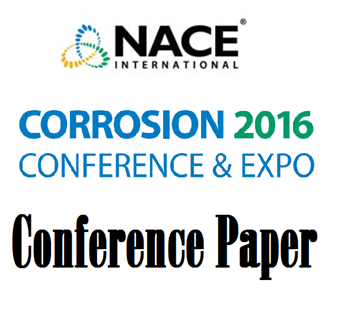Search
03570 Microorganisms and Microbial Biofilms in the Degradation of Polymeric Materials
Also Purchased
96223 CORROSION INHIBITION IN THE PRESENCE OF MICROBIAL CORROSION
Product Number:
51300-96223-SG
ISBN:
96223 1996 CP
$20.00
98290 PREVENTING MIC THROUGH MICROBIAL ADHESION INHIBITION
Product Number:
51300-98290-SG
ISBN:
98290 1998 CP
$20.00
51316-7322-Methodology for the comparative evaluation of batch biocide performance against microbial corrosion
Product Number:
51316-7322-SG
ISBN:
7322 2016 CP
Publication Date:
2016
$20.00




